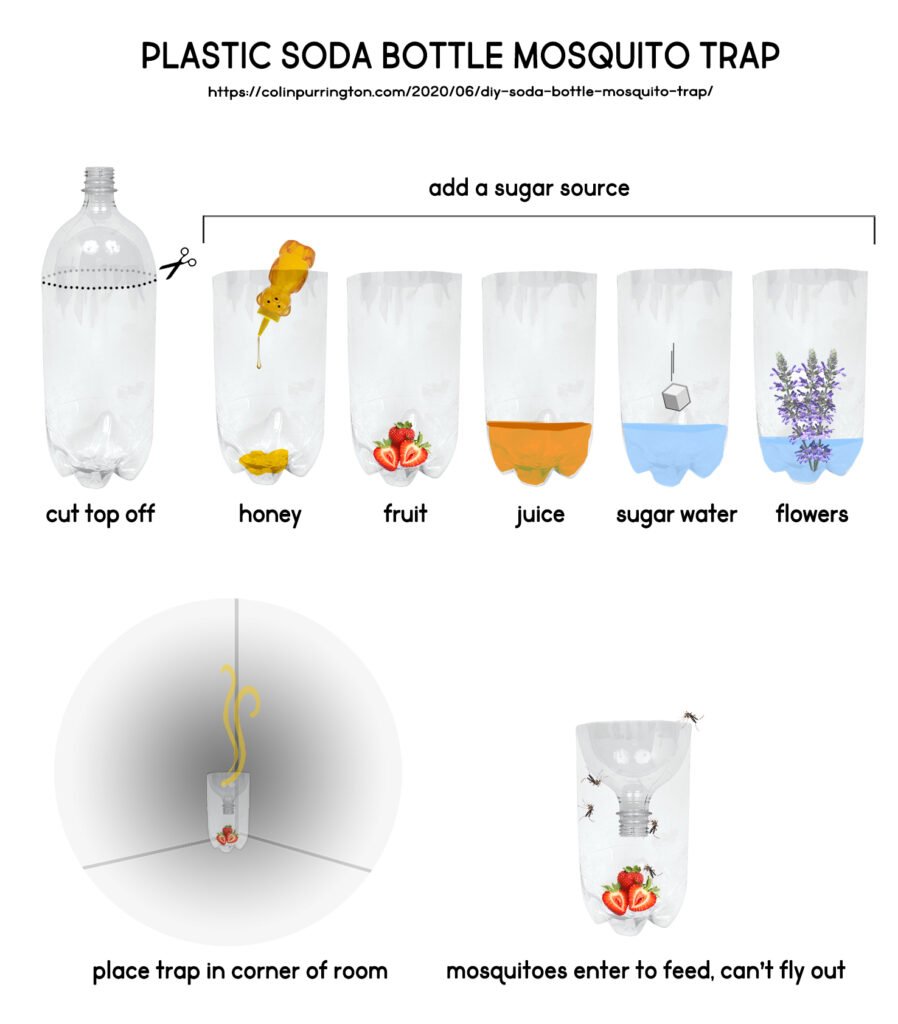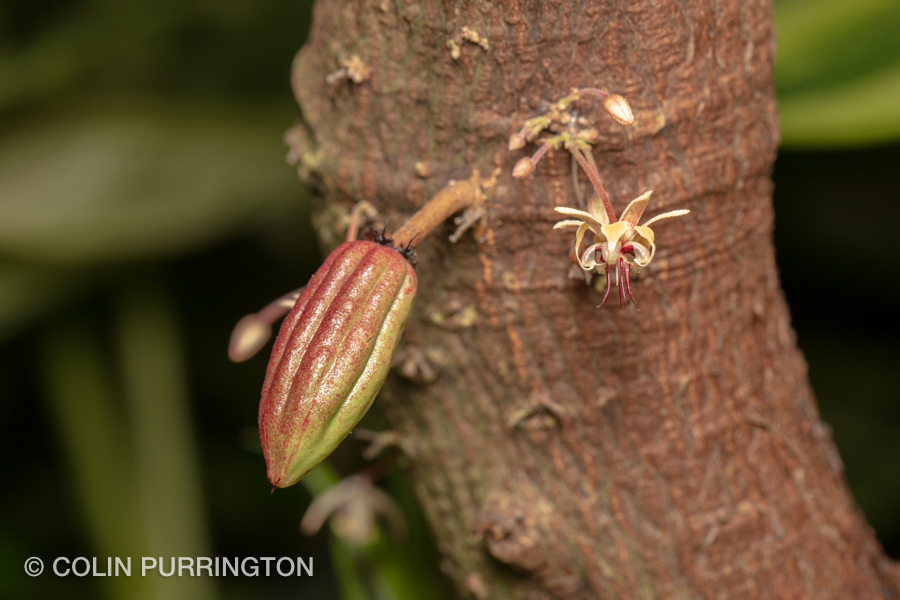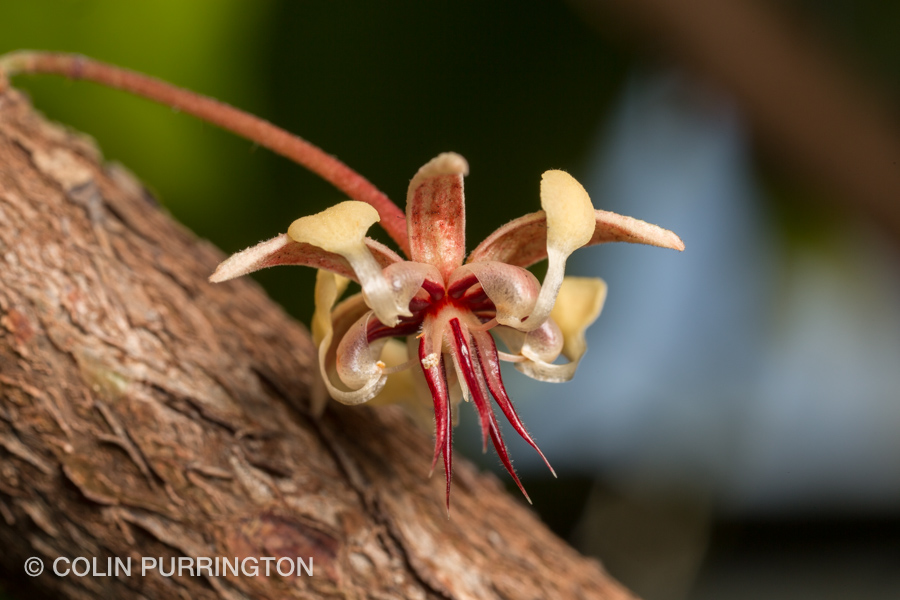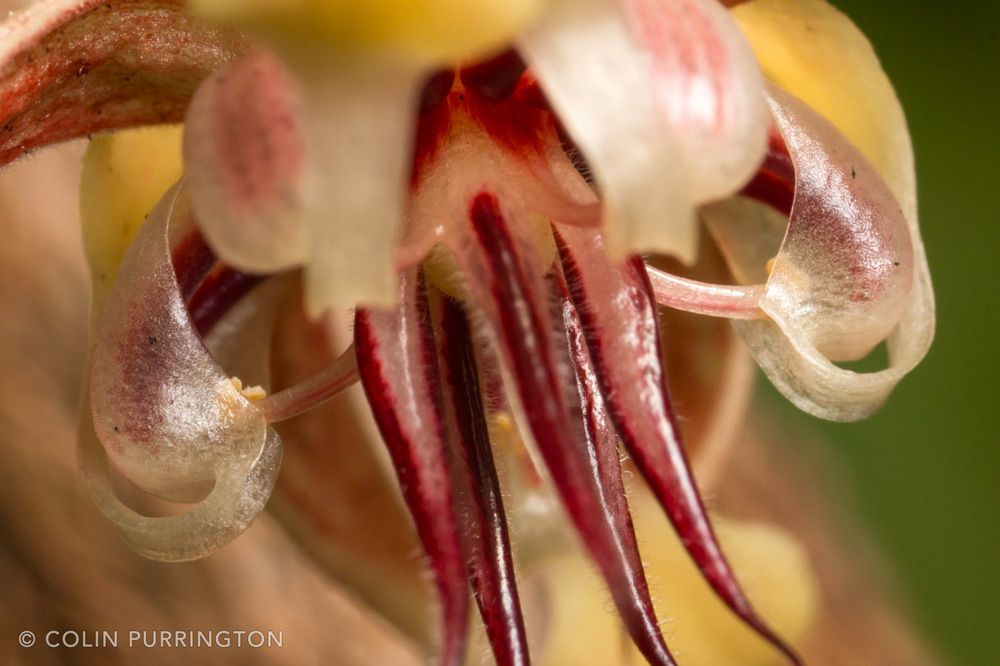Here are instructions for building a mosquito trap using a 2-liter plastic soda bottle. All you do is add some bait (honey, fruit, juice, sugar water, or some nectar-containing flowers) and place in a dark corner of the room. It works because mosquitoes seek out sugar, which they require to fuel themselves. Once inside the bottle they can’t get out.
The above instructions are a modification of a Taiwanese science-fair project that eventually went viral. The differences between the original instructions and mine are that (1) I don’t recommend adding dry active yeast, (2) I suggest sugar sources other than granulated sugar, and (3) I don’t wrap trap in black paper. The omission of yeast is because I don’t think the generation of carbon dioxide is necessary to attract mosquitoes to sugar. In fact, adding yeast likely reduces the attractiveness and causes the trap to fail faster.
The critical part of the original instructions is to deploy the device on the floor in a corner of a room. This is because mosquitoes love to hang out in corners — they are dark and relatively free of desiccating drafts.
Why it works
Mosquitoes are famous for sucking blood, but like many insects they spend most of their lives quietly ingesting sugar from flowers and rotting fruit. For example, here are some mosquitoes nectaring in the middle of the day:
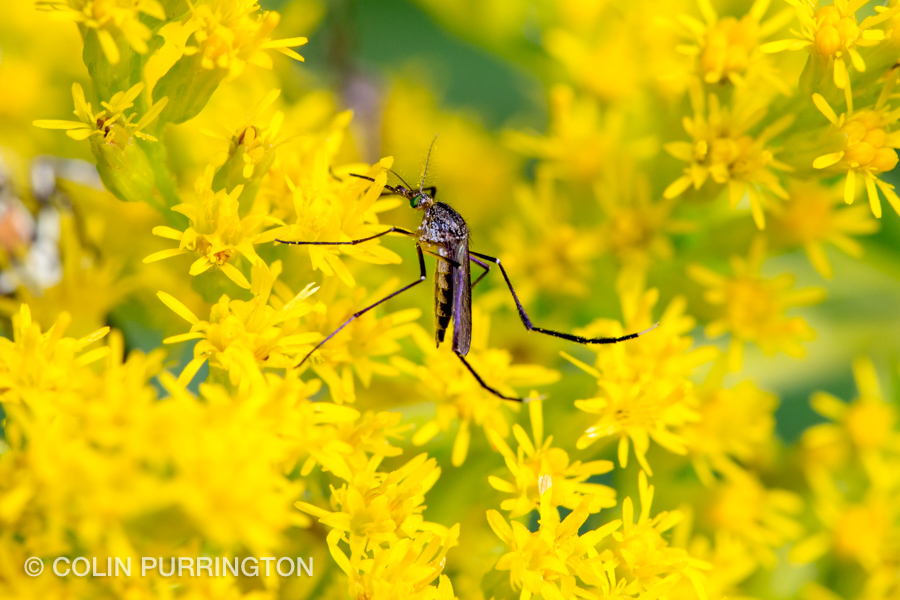

So when mosquitoes find themselves trapped inside, they will zero in on whatever you have on the countertops — fruit, puddles of syrup, cut flowers, or even a dirty sponge. I don’t have photographs of mosquitoes eating fruit inside but Justin Yoshida (Thailand) does: on jackfruit, on apple slices, and on eggplant. Mosquitoes indoors are likely not especially picky about fruit type because the option is starving to death. Mosquitoes even fall into juice containers and die, apparently, as one restaurant discovered. And here’s a mosquito eating brioche goop at my house:
In case you’re skeptical that these traps can actually work, here’s a video by somebody who followed the original (science fair) directions and killed 9-10 mosquitoes in 24 hours:
Tips
- The original instructions suggest 50 g (~1/2 cup) sugar and 200 mL (~1 cup) water but the ratio probably doesn’t matter at all. Brown sugar is likely better than granulated (white) sugar because it has more impurities (some of which are volatile). A drop of rose water might make the sugar mixture more attractive.
- Make traps with different types of bait to see which ones are most attractive to the species that are local. Anopheles coluzzii, for example, seems to prefer papaya and banana juice over mango juice (Nignan et al. 2020). Other species might prefer oranges. Or, perhaps, durian.
- Replace your bait when it stops attracting mosquitoes. Perhaps every four days if you use fruit (Meza et al. 2020).
- If you use flowers, opt for ones that have nectar (if you know) and are light-colored. Or stick a small potted orchid inside the bottle — their blooms last for weeks.
- If you happen to have a plant with extrafloral nectaries, that’s a great bait that will likely last for a long time (when you’re on vacation, for example). Try a bunch of wild cherry leaves, for example.
Why it won’t work outside
Don’t bother using these traps outside (the recommendation of the viral versions). Mosquitoes prefer natural sources of sugar so they will likely ignore anything inside a container. The traps will also not work in rooms full of flowering plants or decomposing fruit. Similarly, if your kids spill juice and soda everywhere, the traps won’t work.
Adding toxins to the mix
If you have a house free of small kids and meddlesome pets, you can add bit of boric acid to the solution to create an attractive toxic sugar bait (ATSB) station. Then, when mosquitoes ingest the fluid they will die even if they manage to escape the trap (it can happen). In fact, once you have a toxin in the fluid you can and should just get rid of the funnel part of the trap — its presence is likely a barrier to some mosquitoes even though it’s relatively wide (~2 cm). Instead, cut a 3 cm hole in the side and keep the cap on the bottle. Note that because these devices are indoors you don’t need to worry about the boric acid (or whatever) poisoning the pollinators in your yard.
The above is nicely explained by Andy Lee Graham:
Anne Barone writes that blackberry wine pairs well with boric acid.
Note that fermentation will occur even though you haven’t added any yeast. Fungal spores are present everywhere.
Commercial, outdoor versions that contain yeast
In the United States the following “yeast and sugar” products are advertised to kill mosquitoes outside: the Spartan Mosquito Eradicator, the Spartan Mosquito Pro Tech, the Sock-It Skeeter, the Donaldson Farms Mosquito Eliminator, the Mosquito XT, the Aion Mosquito Barrier, the Skeeter Hawk Backyard Bait Station, Grandpa Gus’s Mosquito Dynamiter, Tougher Than Tom’s Mosquito TNT, and the Solution X. I’ve reviewed them all here (they don’t work).
© 2021 COLIN PURRINGTON

